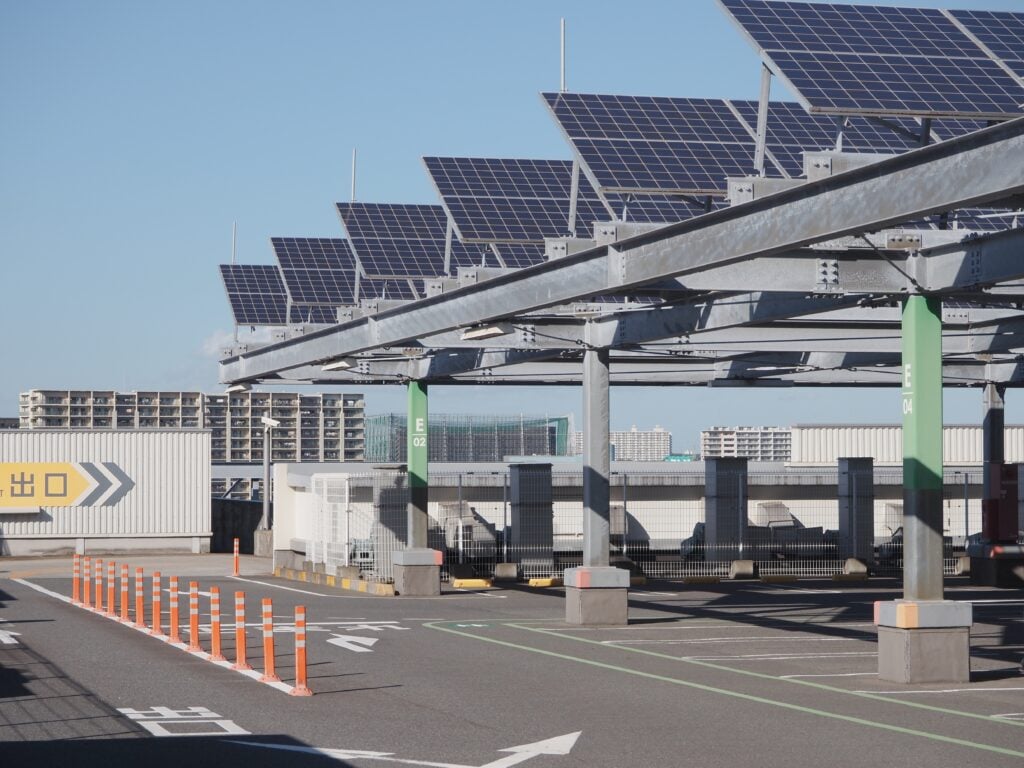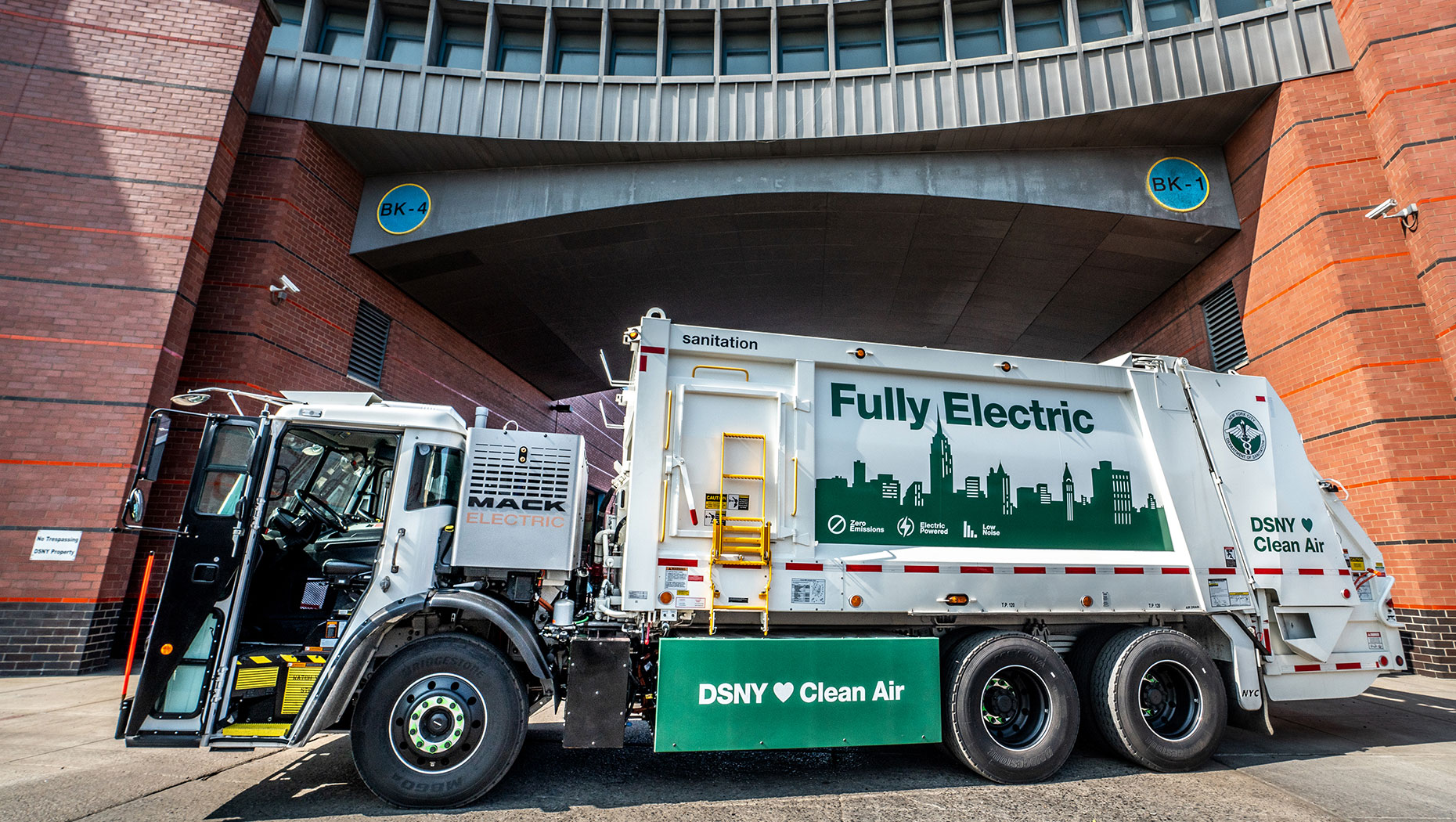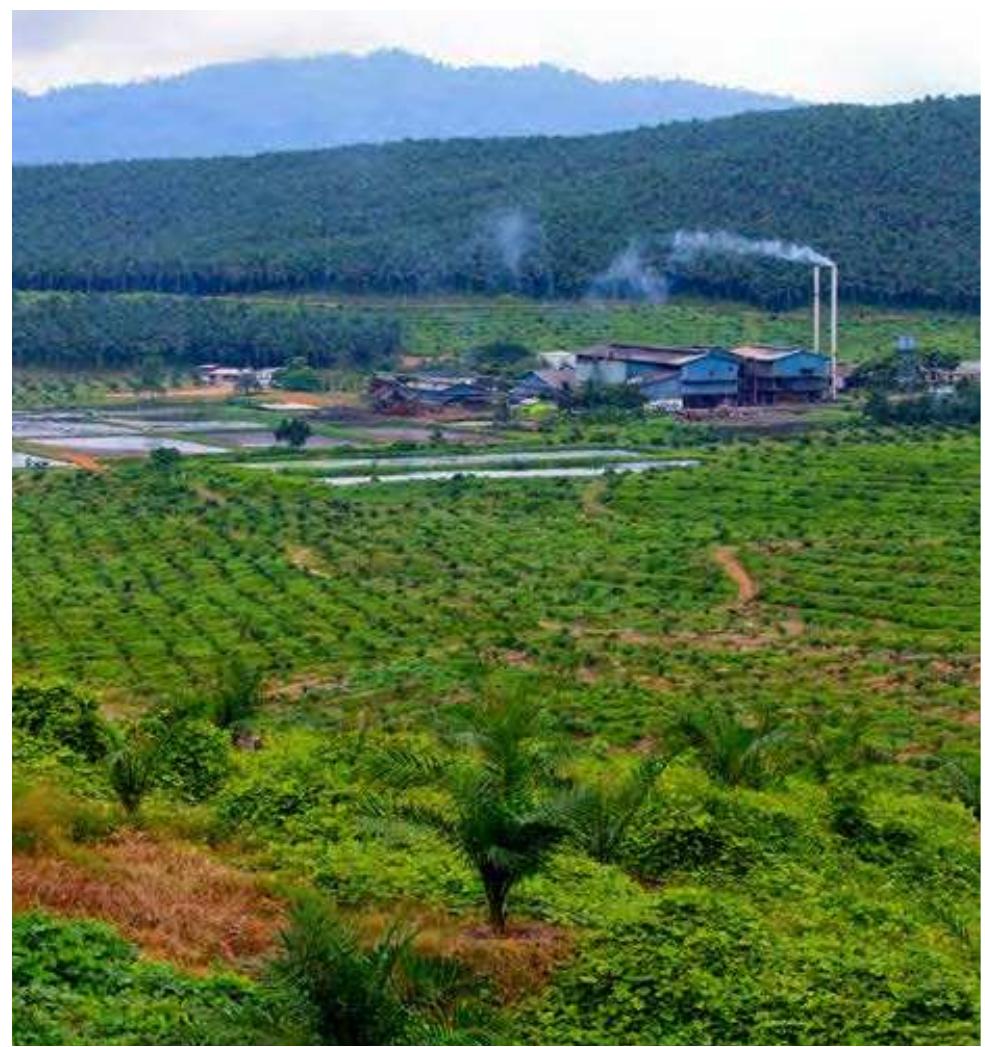Inaugural European Deployment of Solis 350 kW Inverter in Polish Solar Park
A 2.8 MWn photovoltaic park has commenced operations on the outskirts of Tczew, Poland, marking a significant step in the region’s renewable energy infrastructure. The project is distinguished by being the first in Europe to install the Solis 350 kW photovoltaic (PV) inverter, a model designed for utility-scale applications. Plans are in place for a future expansion of the site to 4.5 MW, further contributing to national and international sustainability targets.
Contribution to Sustainable Development Goals (SDGs)
Advancing SDG 7: Affordable and Clean Energy
This project is a direct contribution to ensuring access to affordable, reliable, and modern energy for all. By harnessing solar power, it increases the share of renewable energy in the global energy mix.
- The initial 2.8 MWn capacity provides clean electricity to the grid, with a planned expansion to 4.5 MW set to increase this contribution.
- The use of a high-efficiency (99%) inverter maximizes the conversion of solar energy into electricity, making the renewable source more economically viable and accessible.
- The project diversifies the local energy supply, reducing dependence on fossil fuels and enhancing energy security.
Fostering SDG 9 and SDG 11: Sustainable Infrastructure and Communities
The development represents a key investment in resilient infrastructure and promotes sustainable industrialization and innovation. It directly supports the creation of sustainable cities and communities by providing a clean power source.
- The solar park is a piece of modern, resilient infrastructure (SDG 9) that supports economic development and human well-being.
- By generating local, clean energy, the project helps reduce the carbon footprint of the Tczew community, making it more sustainable and resilient (SDG 11).
Supporting SDG 13: Climate Action
The primary objective of the photovoltaic park is to generate electricity with zero greenhouse gas emissions, representing urgent action to combat climate change and its impacts. The technology employed is specifically chosen to maximize this positive environmental impact.
Technical and Operational Analysis
Inverter Specifications and Project Design
The project developer selected the Solis S6-GU350K-EHV inverter to create a simplified and efficient plant design. Employing fewer, higher-capacity inverters reduces material requirements, shortens installation timelines, and lowers long-term operational and maintenance costs. Key technical advantages contributing to the project’s sustainability include:
- Superior Efficiency: The model offers a maximum efficiency of 99% and a high DC/AC ratio of 150%, which optimizes power output, particularly when paired with advanced bifacial modules.
- Advanced Power Tracking: It features up to 16 Maximum Power Point Trackers (MPPTs), ensuring maximum energy harvest from the solar array under varying conditions.
- Enhanced Durability: The system is rated with IP66 and C5 anti-corrosion protection, ensuring long-term operational reliability even in harsh environmental conditions.
- Grid Support: Integrated features include a nighttime Static Var Generator (SVG) capability, allowing the inverter to support grid stability even when not generating power.
System Management and Maintenance
The system incorporates several features designed to streamline maintenance and ensure long-term performance, aligning with the principles of sustainable and efficient operation.
- Integrated Plant PID (Potential Induced Degradation) recovery function to maintain module health.
- A fuse-free design enhances safety and minimizes maintenance needs.
- Remote firmware upgrade capabilities and optional Power Line Communication (PLC) facilitate efficient monitoring and management, reducing the need for on-site interventions.
Strategic Implications for European Renewable Energy Transition
Alignment with SDG 17: Partnerships for the Goals
This project exemplifies a successful partnership between a local developer and a global technology provider (Solis) to achieve shared sustainability objectives. Solis’s strategy in Europe, which now includes over 200 MW of installed capacity, focuses on providing comprehensive solutions that include medium-voltage stations and data integration. This collaborative approach is essential for scaling up smart solar projects and accelerating the energy transition.
A Benchmark for Clean Energy Expansion
The Tczew solar park demonstrates how efficient technology, optimized design, and specialized support can accelerate the adoption of solar energy in Europe. As demand for large-scale renewable solutions grows, this project serves as a benchmark, consolidating the role of advanced inverter technology in the expansion of clean power generation and the achievement of global Sustainable Development Goals.
SDGs Addressed in the Article
-
SDG 7: Affordable and Clean Energy
The article’s central theme is the development of a photovoltaic park in Poland, which directly contributes to generating clean energy from a renewable source (solar). It discusses the technology, capacity, and expansion of solar power, aligning with the goal of increasing access to clean energy.
-
SDG 9: Industry, Innovation, and Infrastructure
The text highlights the construction of new energy infrastructure (a 2.8 MW solar park) and the deployment of innovative technology (the first Solis 350 kW PV inverter in Europe). This focuses on building sustainable infrastructure and promoting clean technologies.
-
SDG 13: Climate Action
By describing a project that accelerates the adoption of solar energy and expands “clean generation,” the article implicitly addresses climate action. Shifting to renewable energy sources like solar power is a primary strategy for mitigating climate change by reducing greenhouse gas emissions.
Specific Targets Identified
-
Target 7.2: Increase substantially the share of renewable energy in the global energy mix.
The article directly relates to this target by describing a new 2.8 MW solar park, its planned expansion to 4.5 MW, and Solis’s broader strategy which has already resulted in over 200 MW of installed solar capacity in Europe. These efforts contribute to increasing the proportion of renewable energy in the region’s energy supply.
-
Target 7.a: Enhance international cooperation to facilitate access to clean energy research and technology… and promote investment in energy infrastructure and clean energy technology.
The installation of the Solis 350 kW inverter, described as its “European debut,” exemplifies the transfer and deployment of advanced clean energy technology across borders. The project itself is an investment in modern energy infrastructure, supported by a company providing “complete solutions” for scalable solar projects.
-
Target 9.4: Upgrade infrastructure and retrofit industries to make them sustainable, with increased resource-use efficiency and greater adoption of clean and environmentally sound technologies.
This target is addressed through the article’s focus on the technical advantages of the new inverter, such as its “maximum efficiency of 99%” and a design that “optimizes output.” This represents an upgrade to energy infrastructure using a more efficient and environmentally sound technology to achieve sustainability.
-
Target 13.2: Integrate climate change measures into national policies, strategies and planning.
While not mentioning a specific national policy, the project in Tczew is a tangible implementation of a climate change mitigation strategy. The article notes that such projects “can accelerate the adoption of solar energy in Europe,” positioning it as part of a larger strategic move towards clean generation, which is a core component of climate action plans.
Indicators for Measuring Progress
-
Indicator for Target 7.2: Installed renewable energy-generating capacity.
The article provides specific quantitative data that can be used as indicators of progress. It mentions the initial capacity of the park (2.8 MW), its planned expansion (to 4.5 MW), and the total installed capacity by the company in Europe (over 200 MW). These figures directly measure the growth of solar energy capacity.
-
Indicator for Target 9.4: Adoption of efficient and clean technology.
The article implies indicators related to technological efficiency. The “maximum efficiency of 99%” of the inverter and the “DC/AC ratio of 150%” are specific technical metrics that demonstrate the adoption of highly efficient technology, contributing to the goal of making infrastructure more sustainable.
-
Indicator for Target 7.a: Investment in and deployment of new clean energy technologies.
The article’s statement that this is the “first installation of this model in Europe” serves as a qualitative indicator of technology transfer and deployment. The project itself, a utility-scale solar park, is an indicator of investment in clean energy infrastructure.
Summary Table: SDGs, Targets, and Indicators
| SDGs | Targets | Indicators (Mentioned or Implied in the Article) |
|---|---|---|
| SDG 7: Affordable and Clean Energy | 7.2: Increase substantially the share of renewable energy in the global energy mix. | Installed capacity of the solar park (2.8 MW, expanding to 4.5 MW); Total installed capacity by the company in Europe (>200 MW). |
| SDG 7: Affordable and Clean Energy | 7.a: Promote investment in energy infrastructure and clean energy technology. | The “first installation of this model in Europe” as a measure of technology deployment; The project itself as an investment in infrastructure. |
| SDG 9: Industry, Innovation, and Infrastructure | 9.4: Upgrade infrastructure… with increased resource-use efficiency and greater adoption of clean… technologies. | Maximum efficiency of the inverter (99%); DC/AC ratio of 150%. |
| SDG 13: Climate Action | 13.2: Integrate climate change measures into… strategies and planning. | The existence and expansion of a utility-scale solar park as a tangible implementation of a climate mitigation strategy. |
Source: inspenet.com







